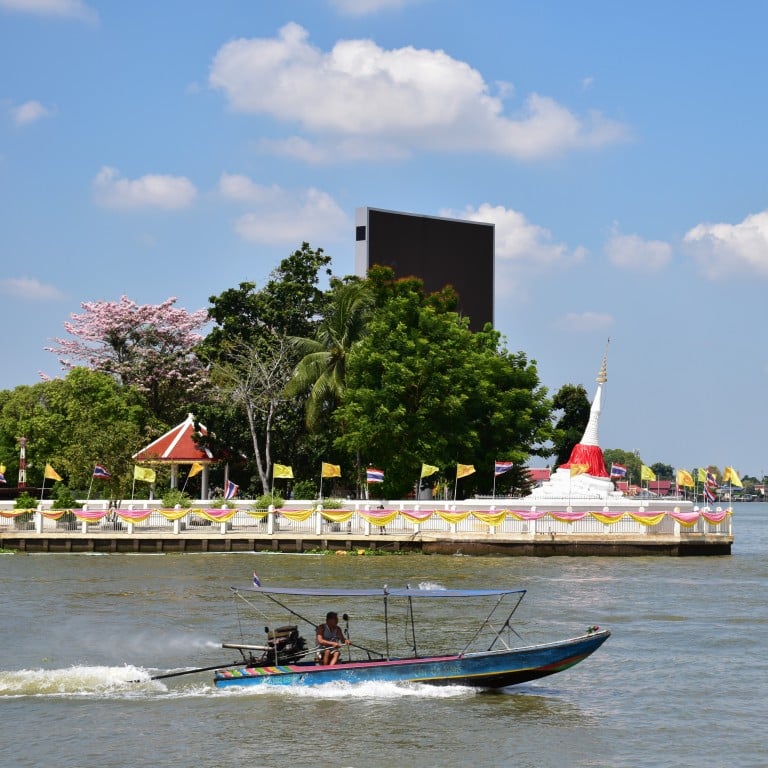
Seven of the best river islands to visit, from Manhattan in New York to Paris’ Île de la Cité and Guangzhou’s Shamian Island
- River islands, especially in cities, can be centres of arts culture and commerce; others are man-made, or temporary sandbars ruled by the tide
- From the rocking history of Eel Pie Island in the River Thames to Paris’ birthplace, Île de la Cité, and Koh Kret on the Chao Phraya in Thailand, we visit seven
Surrounded on all sides by one or more rivers, rather than a sea or lagoon, river islands come in many shapes and sizes. Some are celebrated centres of finance, culture and the arts while others disappear at high tide.
A few go by a different name entirely: an eyot or ait is a British English term that refers to a small island, often barely more than a sandbank in a river. There are more than 100 of them in the River Thames alone.
Here are seven river islands with little in common except that to reach them, you’ll need to cross a bridge, travel through a tunnel or hop on a ferry.
1. Manhattan
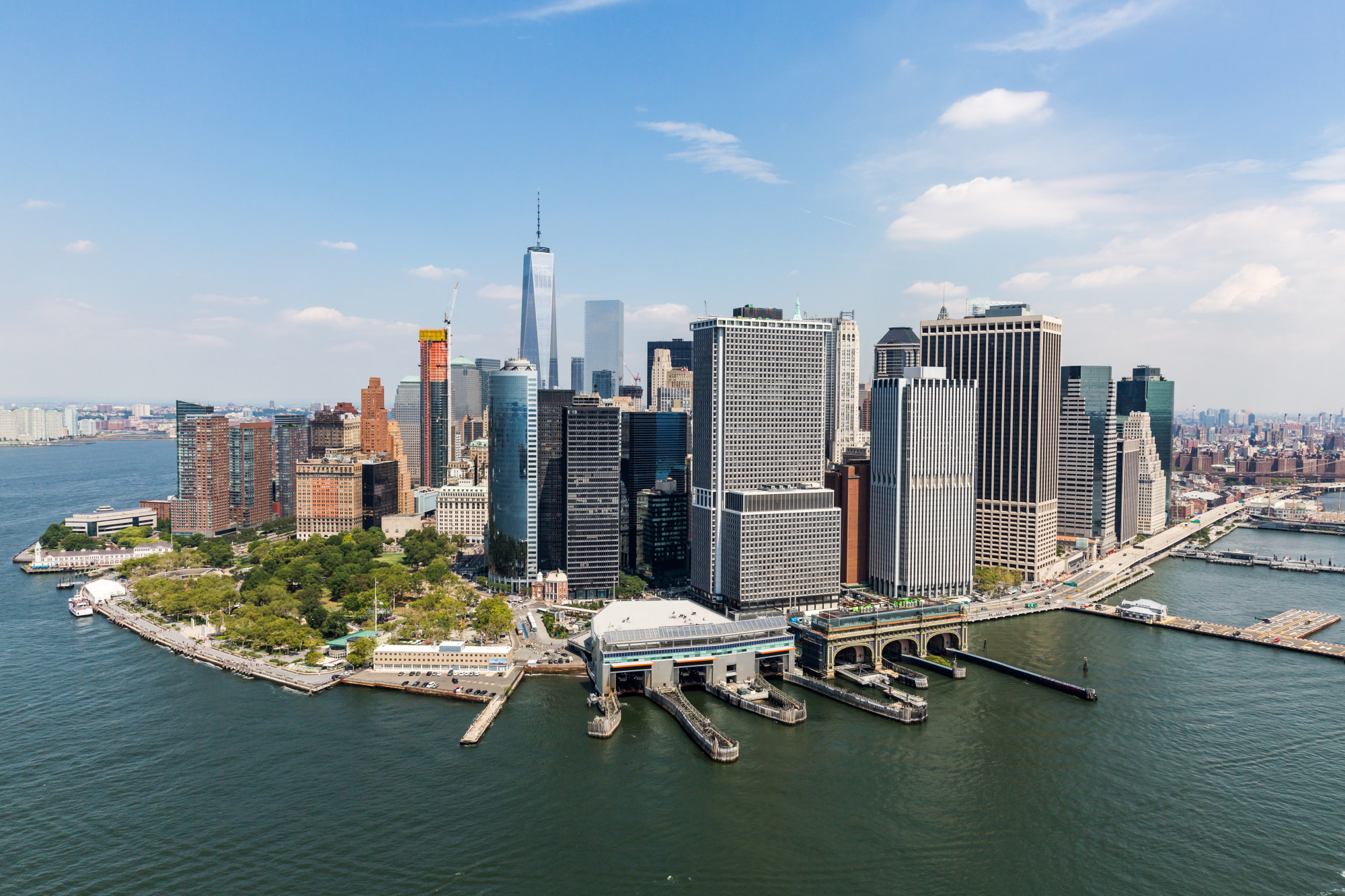
Manhattan may not be the biggest river island in the world, we’ll come to that later, but it is the most densely populated of the five boroughs that make up New York. More than 1.6 million people squeeze into an area marginally larger than Kowloon and slightly smaller than Hong Kong Island.
The skyscraper-studded district is surrounded by three rivers, the Harlem River to the northeast, the Hudson River to the west and the East River to, you’ve guessed it, the east.
Is Hong Kong Monopoly board a good guide to exploring the city? Well …
“Iconic” is an overused word in tourism literature but Manhattan’s Empire State Building, Central Park, Times Square and Broadway Theatre district, the Metropolitan Museum of Art and Wall Street are among the most recognised and visited places on the planet.
2. Shamian Island
Shamian Island, in Guangzhou, just about qualifies as a river island. It was established in 1859 by the French and the British, who dug a narrow channel at the northern end to separate their new concession from the bustling Chinese city.
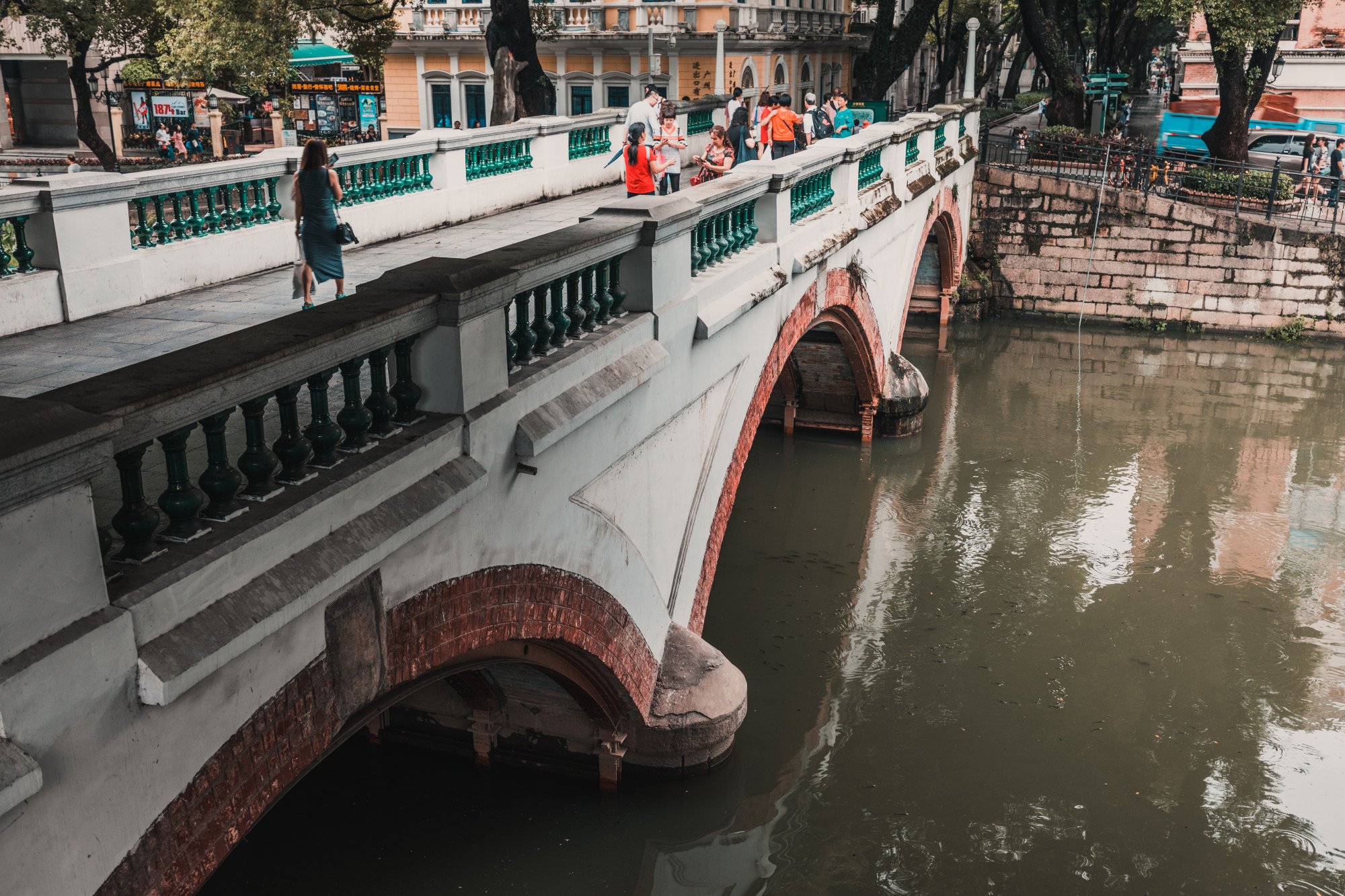
At the height of Shamian’s role as a trading port, elegant European-style mansions were built and served as banks, trading houses and consulates. Many of these historic structures have since been repurposed as restaurants, cafes and hotels – the Polish embassy is the only diplomatic mission that remains on the island.
Four photogenic bridges connect the peaceful, partly pedestrianised river island with the mainland, and streets lined with banyan, palm and camphor trees are popular with sightseers, Instagrammers and wedding photographers.
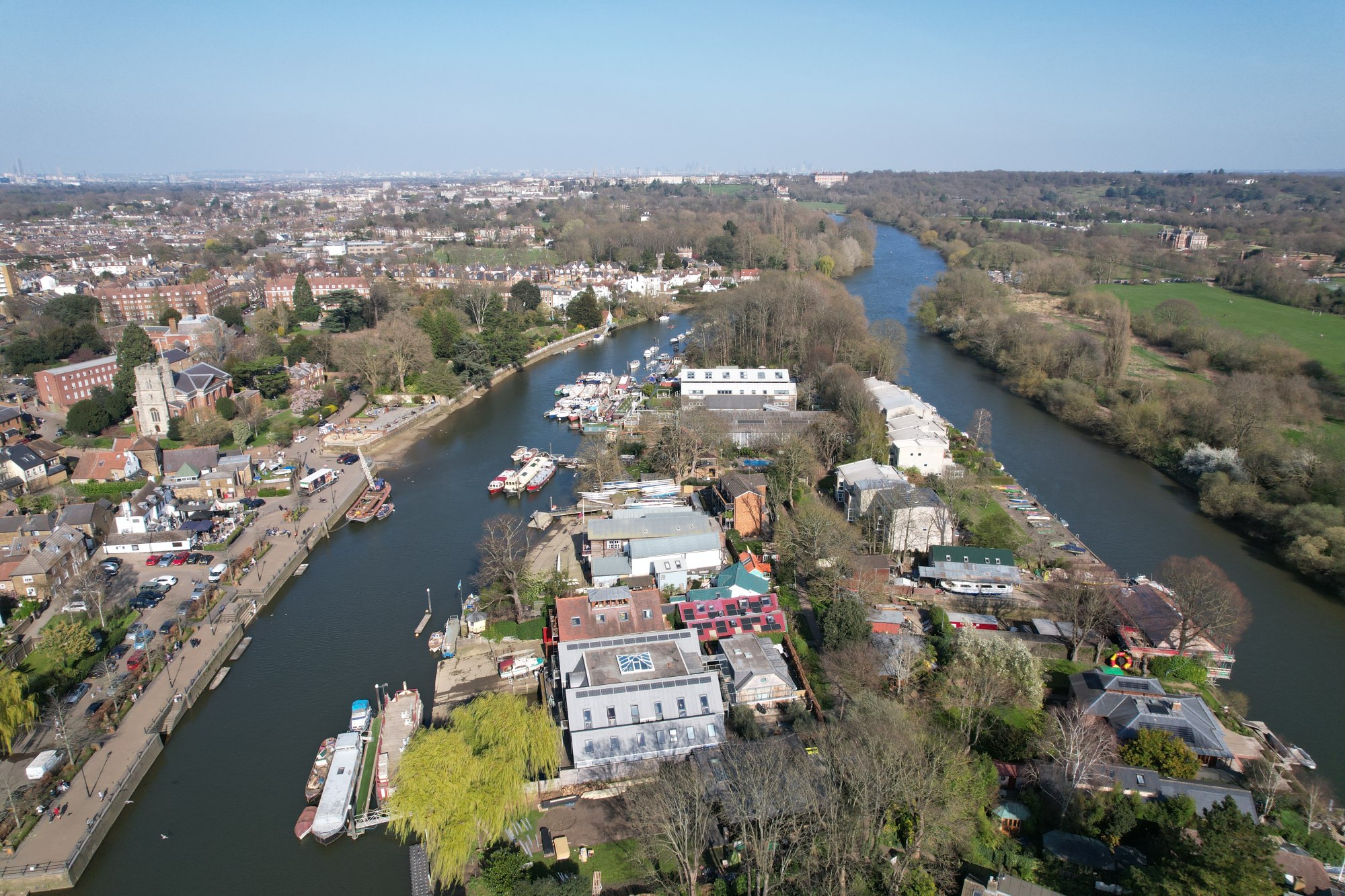
3. Eel Pie Island
Eel Pie Island (population, 120) has a rocking past. From 1962 to 1967, hip young things descended on the 500-metre-long island in the River Thames at Twickenham (London) to see up-and-coming acts such as The Rolling Stones, The Who, Rod Stewart and David Bowie cut their musical teeth.
The focal point was the Eel Pie Hotel ballroom, which hosted tea dances in the 1920s and jazz in the ’50s.
These days, the ait is an exclusive address where houses change hands for rock-star prices. Amplified rock ’n’ roll has long since been replaced by the hammering of boat builders on the Middlesex side of the island while the Surrey banks are reserved as a bird sanctuary.
Over on the mainland, the Eel Pie Pub offers a good selection of real ales in a traditional setting.
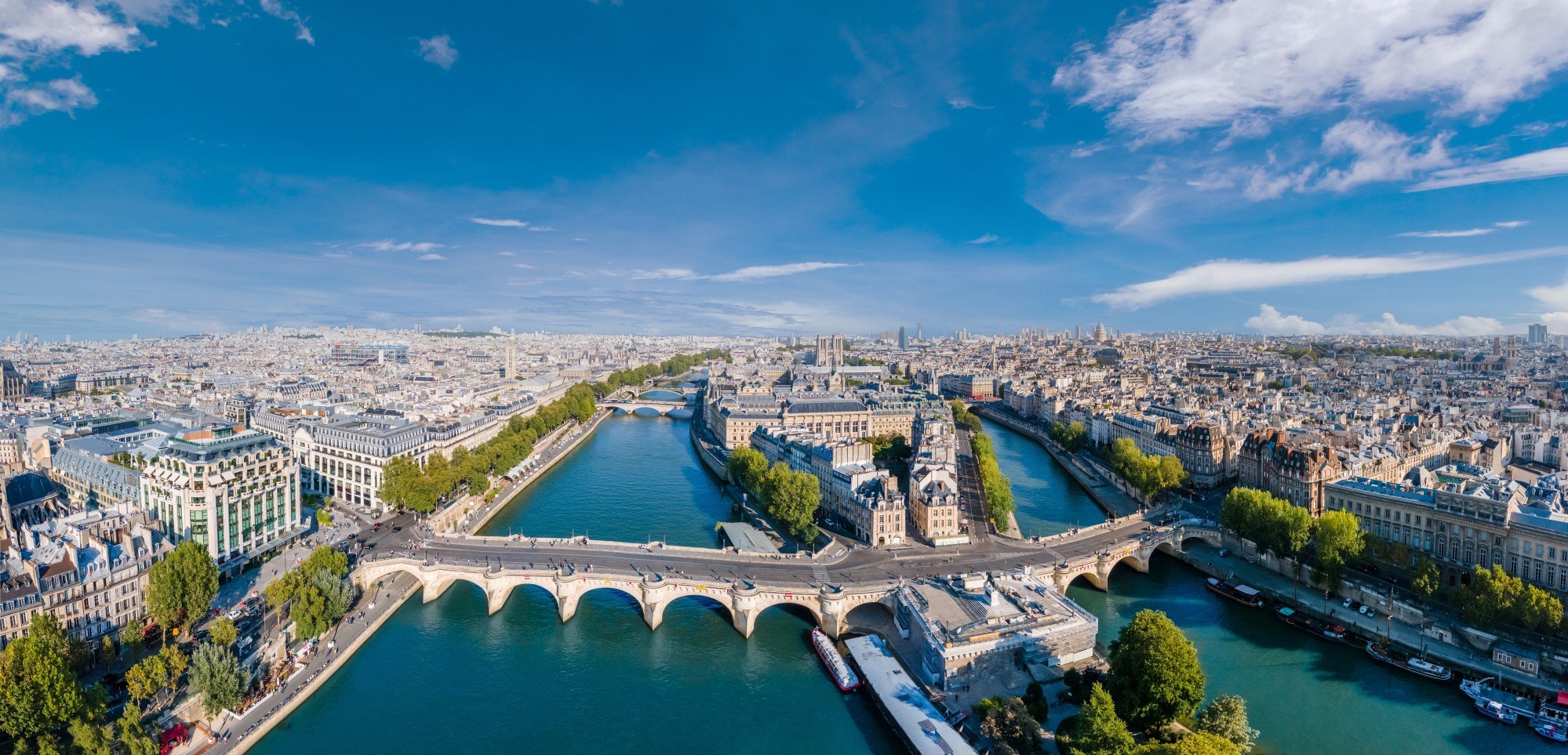
4. Île de la Cité
Ten streets long and five wide, ship-shaped Île de la Cité is the largest island on the Seine River. Settled more than 2,000 years ago by members of the Celtic Parisi tribe, it is regarded as the birthplace of Paris.
Famed for its vibrant cultural scene, diverse history and architectural heritage, from medieval to modern, the island’s best known landmark, Notre Dame Cathedral, is undergoing an extensive renovation after a fire in 2019.
The 12th century Gothic building, which was the most visited monument in France until the blaze, is due to reopen in time for the 2024 Olympic Games.
Also located on the pocket-sized island, the Conciergerie is a former palace converted into a prison during the French Revolution (1789-1779). It gained notoriety as the site of mass executions of suspected enemies – Marie Antoinette, wife of King Louis XVI, was held here before being put to death.
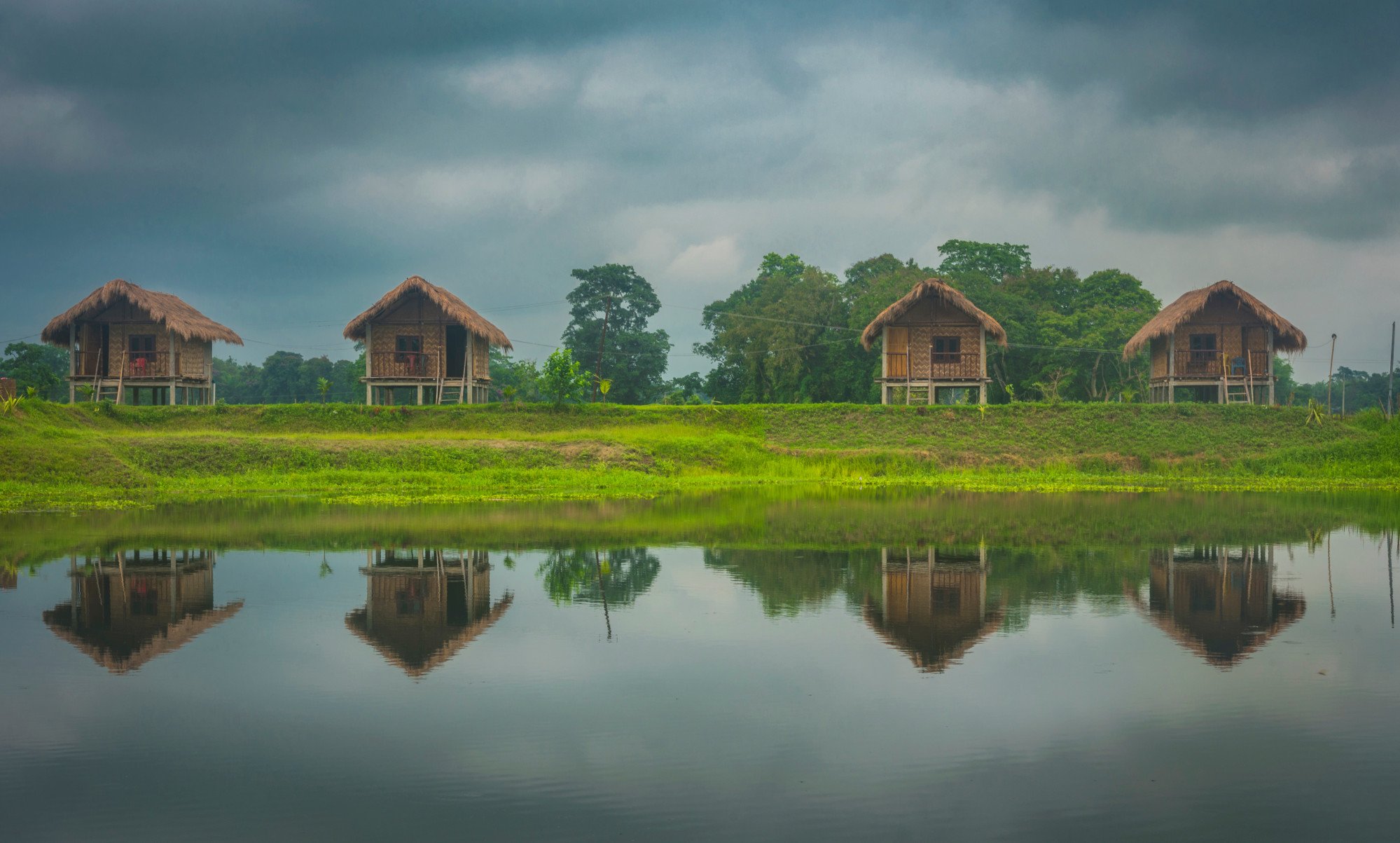
5. Majuli
Lapped by the Brahmaputra and only accessible by ferry, Majuli, or “land in the middle of two parallel rivers”, is both the world’s largest river island and an enchanting destination with a way of life far removed from the frenzy more commonly associated with the Indian subcontinent.
Travellers who make the effort to visit this rural corner of Assam province may interact with indigenous communities and witness frenetic religious festivals. Birdwatchers can busy themselves identifying resident and migratory species and Majuli is home to endangered Ganges river dolphins.
A bike is the best way to get around some of the 200-plus villages and enables riders to reach distant monasteries and sandy beaches. The churning Brahmaputra River regularly changes course and combined with ongoing erosion, experts predict Majuli could disappear by 2030.

6. Zamalek
Formerly known as Gezira Island, Zamalek lies anchored in the River Nile, Cairo. Formed in the late 19th century by dredging and reclaiming land, the green, serene space provides a peaceful retreat from the clamour and commotion of the Egyptian capital.
The sense of calm is enhanced by parks, gardens and the Gezira Sporting Club, which boasts tennis courts, horse riding, a large outdoor swimming pool and one of the oldest golf courses in the Middle East.
The most affluent district in Cairo features several museums and art galleries, including the impressive Museum of Islamic Art. Well-heeled diners flock to Zamalek’s prestigious restaurants while java junkies get their fix from coffee shops with views of the Nile.
To get an even better look at the world’s longest river and the city skyline, head up to the observation deck of the 187-metre (615ft) Cairo Tower.
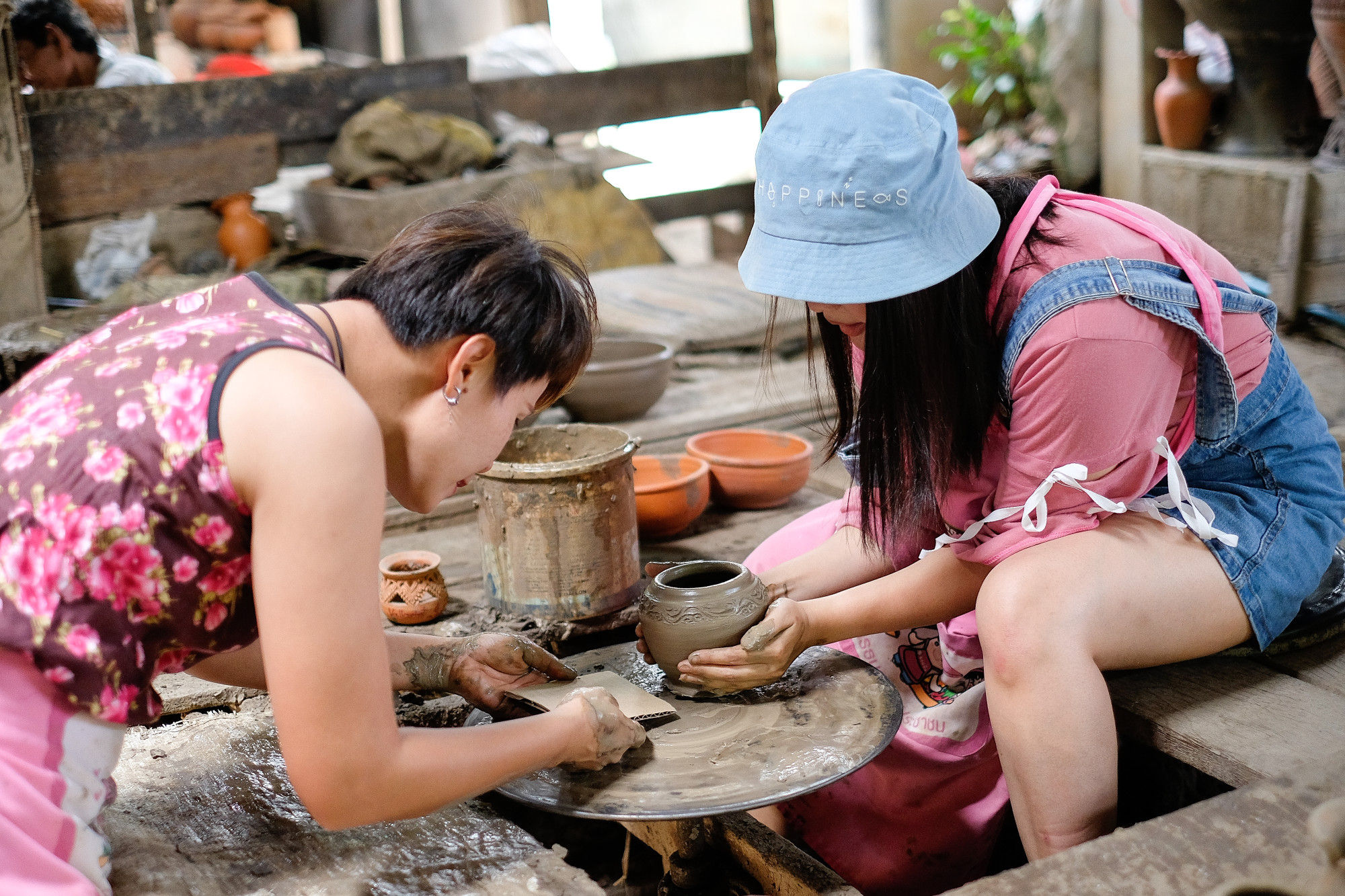
7. Koh Kret
Settled by the Mon, who migrated from Burma (now Myanmar) over 300 years ago, Koh Kret is a man-made island created between two curves in Thailand’s Chao Phraya River.
The islanders have maintained the traditions of their ancestors and visitors come to admire the many temples and shrines, browse markets and sample Mon dishes such as gaeng som, a sour spicy curry soup.
Koh Kret is also renowned for its pottery, crafted the old fashioned way by artisans using a foot-operated pottery wheel to shape the clay into bowls, plates and vases.
Located 12km upstream, in Nonthaburi province, Bangkok’s bucolic bolt-hole is about an hour from the capital by long-tail boat. There are regular departures from Saphan Taksin pier, which isn’t far from the Grand Palace.

